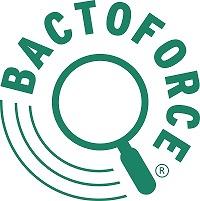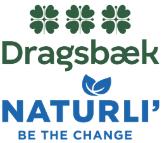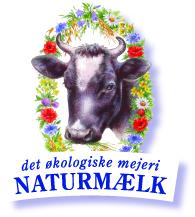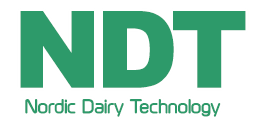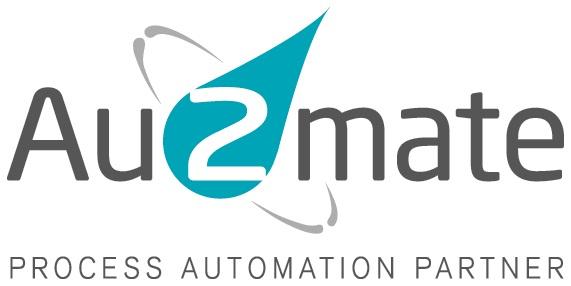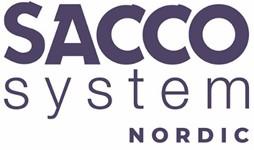
The use of cheeses for cooking is rapidly expanding, cheeses are often regarded as a replacement of meat or used to improve the taste of vegetables in the green conversion of diets. Cheddar, shredded cheese, Mozzarella and Hallumi for grilling are amongst the most well-known. Other well-known Danish cheeses such as Danbo, Havarti, Fynbo, Maribo have good melting properties and could be used in cooking. Further, cheese sauce made from e.g., blue cheese is a popular choice in the kitchen.
This seminar will present an overview of topics relating to cheeses designed for cooking and deal with current production methods both traditional and new innovative ones such as IQF for cheeses including how the different technologies make significant differences for the functionality in relation to hot cooking with cheese. A market overview will also be included in the program, looking at a market where a major part of cheeses for cooking is produced for the B2B marked, and where the private cooking also is an interesting market that requests convenient products, new products, and substitutes for meat etc.
Sign up here

The amazingly wide world of Cheese used in cooking!
The use of cheese in cooking is growing all over the world.
In recent decades, food products and applications involving cheese have undergone an extremely important increase.
These applications concern cooked products but also cold dishes. It is significant that the tourist and migratory movement, have triggered the spread and the search in places even far away from those of origin, of typical dairy products.
technically, the physical and chemical characteristics of these products must meet the expectations of consumers and classic kitchen applications.
It is not easy to achieve these results, but possible through the right conditions and production techniques.

Cooking Cheese, is it a meat alternative?
Can cheese have a place as a main element in a lunch or a dinner?
An interesting question becoming more and more relevant as consumers are trying to shift diets away from meat as a centrepiece on the plate. Furthermore, we see the plantbased products in general and the meat alternatives are experiencing significant growth rates.
What role does dairy and cheese have to play here?
Understand more about the drivers and barriers for consumers when trying to include new diet recommendations in their lives.
What do consumers know about cooking cheese and what is most important for them in terms of what products need to deliver of taste, functionality, nutrition, climate impact and price.
What new trends in this space are appearing on the market and what are the usual suspects? And what can we learn from that and get inspired by.
To succeed in this category, it is important to think about:
- How to make cooking cheese easy and delicious to prepare at home?
- How to communicate what the product is and what to call it?
- How to get the optimal placing in the supermarket?

Processing and formulation of cow milk for improved texture and cookability of Paneer
Paneer is a heat and acid induced milk gel having a soft but firm texture and mild taste after cooking. It is typically used in a number of traditional South Asian dishes and its sensorial properties are strongly influenced by the milk composition and the manufacturing process. In this presentation will be presented the results of the Gelcook project- elucidating the mechanism of formation of cookable milk gels financed by The Danish Dairy Research Foundation. A better understanding about the factors influencing texture and cookability of heat and acid induced milk gels were achieved by determining the relationship between composition, gel formation, protein interactions, and protein ratio of heat and acid-induced milk gels.

Meeting Customer needs in Food service
Arla Pro, the Foodservice team in Arla,work closelywith customers and chefs to develop newsolutions, products and applications that fit into their menu’s. Food service customer wishes and expectations can often be veryspecial and require different capabilities and products solutions. The Arla Pro team and particular our culinarycommunityis enabling the voice of the customer to be heard and included in the development of all keyinitiatives e.x: Building CulinaryCenters of Excellence,working closelywith commercial teams, supplychain &NPDteams to provide relevant market trends and develop culinarybriefs on taste, texture, mouthfeel to secure we meet our customer needs. Cheese is one of the biggest categories in Food service and consist of different types of cheeses, e.g. Mozzarella,Cream cheese and sliced cheeses, all used in different menu items requiring different functionalities during cooking or at the pizza, burger or cheesecake

Optimize quality and production with nitrogen IQF freezing
Individually Quick Frozen (IQF) has been used for many years, mostly for larger products, such as cheese pieces and blocks. When nitrogen IQF came along, it made it possible to use this process for freezing cheese cubes and grated cheese, as well as the existing needs. In addition, nitrogen gave the opportunity to increase the capacity of existing production lines as the freezing time is significantly reduced by between 30 and 50%. Furthermore, in-line production lines can be created where cheeses are cubed or grated and can be packed directly after the products have passed through a nitrogen IQF freezer.
Nitrogen freezing is also good for preserving the original quality of the cheese, as no evaporation occurs during freezing and the ripening of the cheese is slowed down, which means that taste, texture and water content are preserved for a longer time. Finally, nitrogen freezing has another great advantage, namely significantly less space required as well as maintenance, as a nitrogen freezer has no compressor system and significantly fewer mechanical parts. A nitrogen IQF freezer for cubed or grated cheese with a capacity of up to 900kg per hour only uses a floor area of approx. 20m2.
Stretching methodologies and Pasta Filata Cheeses functional characteristics
 Luca will lead us through studies and analysis on the impact that different stretching methodologyhave on the functional characteristics of the Pasta Filata cheeses with low moisture and reduced fat content (Pizza-cheese). The market demand for the Pasta Filata cheeses with low moisture and reduced fat content is increasing as the market is requesting specific performances in slicing/dicing and in the browning during the cooking phase. For this reason, different Pasta Filata cheeses obtained byprocessing curd of the same quality, using different stretching technologies have been analysed comparing Stretching through Water vs Steam technology,Continuous Stretching with kneading arms vs batch cooking with augers. On all the products functional tests have been performed also through the usage of dynamometers and colorimeters, and melting, oiling off, fibers extension, after cooking have been analysed as well as shelf life, through the appraisal of the proteolysis. The differences delivered bythe different stretching methodologywill also be shown.
Luca will lead us through studies and analysis on the impact that different stretching methodologyhave on the functional characteristics of the Pasta Filata cheeses with low moisture and reduced fat content (Pizza-cheese). The market demand for the Pasta Filata cheeses with low moisture and reduced fat content is increasing as the market is requesting specific performances in slicing/dicing and in the browning during the cooking phase. For this reason, different Pasta Filata cheeses obtained byprocessing curd of the same quality, using different stretching technologies have been analysed comparing Stretching through Water vs Steam technology,Continuous Stretching with kneading arms vs batch cooking with augers. On all the products functional tests have been performed also through the usage of dynamometers and colorimeters, and melting, oiling off, fibers extension, after cooking have been analysed as well as shelf life, through the appraisal of the proteolysis. The differences delivered bythe different stretching methodologywill also be shown.

Maximizing Mozzarella yield
Mozzarella is probably the most used cheese in cooking when you take all the different 'mozzarella types' into account. There is a big difference from country to country on how to define mozzarella. In this presentation, the focus will primarily be on what in the US goes by the name LMPS (low moisture, part-skim) mozzarella, in other countries better known as Pizza cheese. As the market for mozzarella is so large, it is very natural that there are many cheese producers competing in this particular segment. Competition in the market makes it necessary to focus sharply on the cheese yield, but without compromising on the cheese's functional properties. A brief introduction to mozzarella technology will be given including the influence of fermentation cultures on water content of the cheese, influence of rennet on transition rates and thus the cheese yield, as well as their importance for the cheese's functional properties.

Using Dry Cooking in the Production of Mozzarella Cheese
Medium & Large-scale Mozzarella cheese producers are growing as consolidation trends continue and mozzarella consumption continues to rise. As such, the need for continuous dry cooking in the production of mozzarella is growing due to the universal commitment to decrease environmental impact, increase yields, and improve the ability to incorporate ingredients that aren’t washed out by traditional wet cooking methods. Dry cooking also provides producers with a flexible method of cooking which supports and enables 1) Product development initiatives, 2) Differentiation strategies, and 3) Product consistency while also maximizing premium whey capture.
This session will feature the newest innovations in dry cooking and how they can play a crucial role in executing a profitable and responsible mozzarella production strategy.




